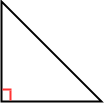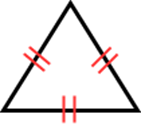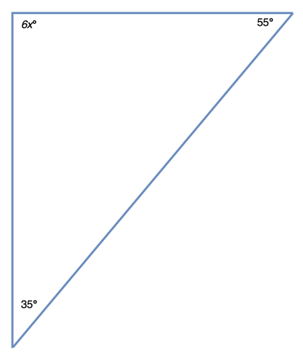Introduction to Classifying Triangles
Welcome to the fascinating world of classifying triangles! Before we dive in, let's start with our introduction video, which provides an essential foundation for understanding this topic. This video will help you grasp the key concepts we'll be exploring. Now, let's talk about triangles. These three-sided shapes can be classified in two main ways: by their angles and by their sides. Each classification method reveals unique properties of the triangle. When we look at angles, we can identify right triangles, acute, and obtuse triangles. On the other hand, examining sides allows us to categorize triangles as equilateral, isosceles triangles, or scalene. Understanding these classifications is crucial in geometry and has practical applications in various fields. As we progress, you'll discover how these classifications help us solve problems and understand more complex geometric concepts. So, let's embark on this journey of triangle classification together!
When we delve deeper into the properties of triangles, we find that right triangles have a unique set of characteristics that make them particularly interesting. Similarly, isosceles triangles have two sides of equal length, which leads to some fascinating geometric properties. Additionally, understanding the different triangle sides helps in solving various mathematical problems. By mastering these concepts, you'll be well-equipped to tackle more advanced topics in geometry.













